Historical Essays
Igor Sikorsky’s Bold Pursuit to Build the First Multi-Engine Airplane
by Steve Mendrzychowski, July 2024
June 30, 2024 marked the 110th year anniversary of Igor Sikorsky’s historic, cross-country flight in the Ilya Muromets from Saint Petersburg to Kiev. The Ilya Muromets aircraft fulfilled Igor’s dream of designing a large aircraft with multiple engines that could transport passengers in an enclosed, spacious cabin. While this idea sounds matter of fact today, it was unimaginable in aviation during the early 1900s. At the time, aircraft design principles and the study of aerodynamics were in their nascent stages and early aviation pioneers were still designing their aircraft by “feel”. As he developed and constructed his large, heavy, multi-engine airplane, Igor Sikorsky faced many skeptics in the aviation field who were convinced that it would not leave the ground. They argued that to fly, an aircraft must be small and lightweight, with a single engine and an open cockpit. As Igor summarized in his autobiography, The Story of the Winged-S, his critics made the following arguments:
- An airplane that was too big and heavy would not rise from the ground.
- Multiple engines would be a source of serious danger, because if one motor were to stop, the aircraft’s balance and control would be so badly disturbed that the airplane would crash.
- An airplane that was too large in size could not be controlled while in the air or during landing.
- An airplane must be controlled from an open cockpit so that the pilot can feel the air stream in order to realize fully and quickly any change from normal flying position.
Of these predictions, Igor was most concerned about the difficulties of landing a large, heavy airplane, especially since the control characteristics would not be known until the first landing. In all cases though, Igor would listen to his critics’ arguments, politely nod, and then continue to design his large aircraft.
A Mosquito in the Fuel Tank
The idea for designing a large aircraft with an enclosed cabin may have been inspired partly by Igor Sikorsky’s early childhood fascination with Jules Verne’s novel Clipper of Clouds, which featured an imaginary flying vessel held aloft by rotors and propelled through the sky with giant propellers. However, the key event that triggered his work had occurred far more recently. In the Fall of 1911, Igor Sikorsky was performing a demonstration flight of his S-5 airplane in the town of Bielaia Tzerkov, when just after taking off and climbing to 150 feet, the engine abruptly stopped. He was just above a large group of trees with no chance to turn back, so he quickly looked for another location to land. Spotting a railway yard 200 feet away, Igor turned the aircraft in that direction and somehow managed to crash-land the aircraft in a narrow strip between a freight train and a stone wall. Fortunately, Igor Sikorsky was not hurt and the aircraft’s only damage was a broken landing gear. As he sat there beside his damaged airplane, he thought about how it could be designed to fly safer in emergency situations. Later, he found that the engine had stopped because of a mosquito in the airplane’s fuel tank. The mosquito was drawn from the fuel tank into the tiny jet of the engine’s carburetor, blocking it and stopping the engine. Igor continued to think about this during the months that followed while he completed work on his next aircraft, the S-6A. In particular, he thought about how an aircraft with multiple engines would be safer and allow an airplane to continue flying in the case of an engine failure. So, in December 1911, Igor started working on drawings and calculations for a large airplane with four engines.

By February 1912, Igor Sikorsky had completed testing his S-6A aircraft and entered it into the Moscow Aeronautical Exhibition. This aircraft was the culmination of everything Igor had learned about airplane design since his S-1 airplane, which he designed by guesswork only one year earlier and it would not leave the ground. The S-6A, on the other hand, was lightweight and aerodynamic, with an increased wingspan, streamlined wing struts to reduce drag, and a slim, plywood-covered aft fuselage. It performed and handled far beyond Igor’s predictions, with short takeoff and landing runs and a high rate of climb even with a full fuel load and the maximum of three passengers onboard. The S-6A aircraft won the Moscow Aeronautical Exhibition’s highest award and was clearly superior to not only the other aircraft in the competition but all other aircraft yet designed in Russia. Igor was awarded a prize of 30,000 rubles, which allowed him to reimburse his family who had funded all of his aircraft accomplishments until that point. He was also offered and promptly accepted a position as chief engineer and designer with the Russian Baltic Railroad Car Company based in Saint Petersburg, which was starting a new aviation division. In the Spring of 1912, after saying his goodbyes to family and friends, he moved from his home in Kiev to Saint Petersburg to begin his new role.
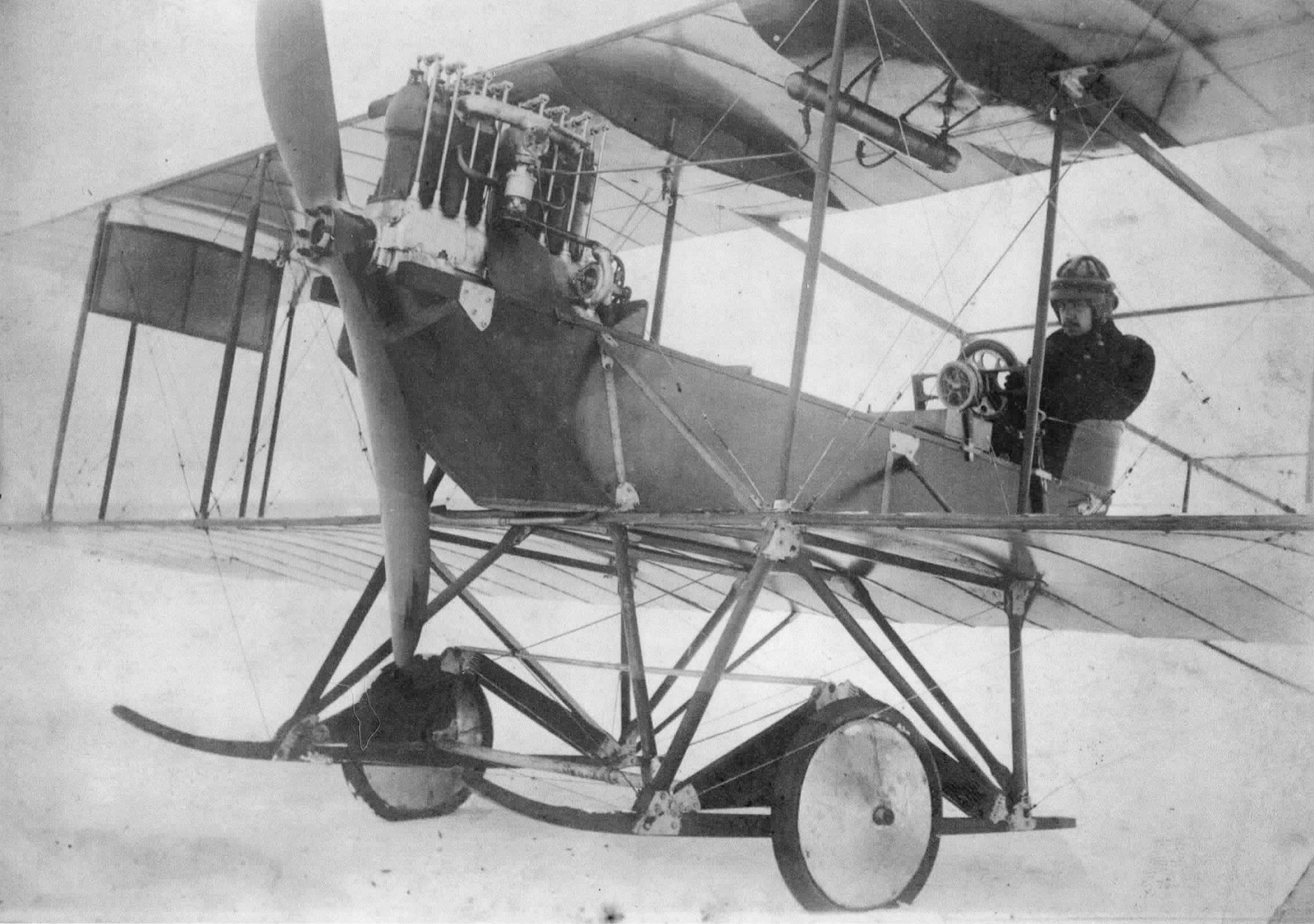
Over the months that followed, Igor Sikorsky and his team at the Russian Baltic Railroad Car Company plunged into a hectic cycle of designing, building and flying several types of single engine aircraft, including the even more refined and aerodynamic S-6-B, his first monoplane, the S-7, and his first side-by-side cockpit airplane, the S-8. With any free time he had he continued to work on the drawings and calculations for his large, multi-engine flying ship.
The Dinner Party
On the night of September 17, 1912, a pivotal event occurred in Igor’s life and career that made his dreams of building a multi-engine aircraft a reality. Mr. Shidlowsky, the Chairman of the Board of the Russian Baltic Railroad Company, had invited Igor Sikorsky to his home for a dinner party and when he arrived, he realized he was the only guest. After dinner, Igor and Mr. Shidlowsky went to his study where Mr. Shidlowsky asked Igor about his thoughts on the future of aviation. Igor explained to him how future airplanes needed to be larger in size, weight and power. He said that these airplanes would be much safer and more reliable than the single engine airplanes of the time, with multiple, independent engines for protection in case of engine failure. He also explained how airplanes of the future would carry multiple crew members and passengers and have an enclosed cabin to protect them from the weather, especially the severe climate in Russia. As he described his vision for future aircraft, Igor Sikorsky sketched out his design for a multi-engine aircraft. Mr. Shidlowsky was captivated, and each time Igor would pause, he would urge him to continue. Hours passed and it was close to midnight when Igor proposed that prize money from an upcoming air competition could be used to finance his large flying ship. He was not expecting the response he received from Mr. Shidlowsky, which was for him to “start the construction immediately.” Excited with this news, Igor left Mr. Shidlowsky’s home and hurriedly contacted his factory colleagues after midnight, waking them up to celebrate.
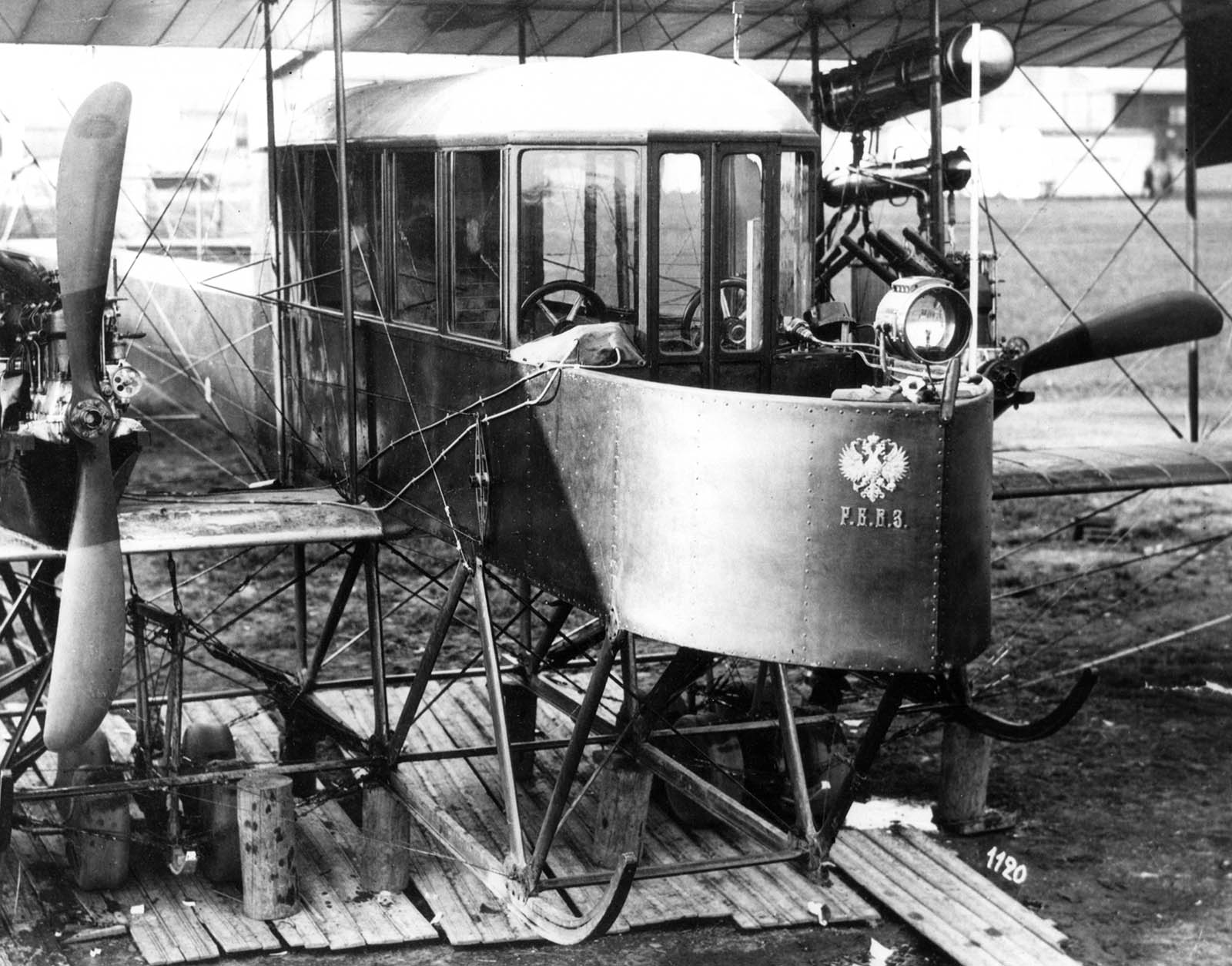
The Grand
Within a very short time, the design and construction of the world’s first successful multi-engine aircraft, known as The Grand, was underway. Given the size of the airplane, Igor planned for it to be built as subassemblies in the factory, including the wings, cabin, and tail, and then transported to the Kommandantsky Airfield outside of central Saint Petersburg, where final assembly would take place. By May 1913, construction and assembly of The Grand was complete.

For its time, The Grand was an incredibly large aircraft, striking awe in the many visitors who came to Kommandantsky Airfield to see it. The Grand had a wing span of 91 feet 10 inches and a length from nose to tail of 57 feet 3 inches. Made primarily of wood and fabric, which included a plywood fuselage for rigidity, its total weight was an astounding 9000 pounds. Every aspect of The Grand was impressive, down to its large landing gear, which had 16 wheels in total. Its cabin was spacious with large windows for both the crew and the passengers, electric overhead lighting, a folding table and chairs, and even a toilet and coat room. In addition, The Grand had a balcony in front of the cockpit and cabin exits over the lower wings to provide access to the engines for repairs during flight. In total, The Grand could carry 1,625 pounds at a cruising speed of 60 miles per hour. Igor’s solution to enable such a large, heavy aircraft to rise from the ground was to design its biplane wings with an extremely high aspect ratio, meaning that they were very long in span with a narrow chord length. The aerodynamic advantage of a wing with a high aspect ratio is that it is able to produce high lift with less induced drag.

On May 10, 1913, Igor Sikorsky performed taxi testing and a few short hops with The Grand in a two-engine configuration powered by 100hp Argus engines. Satisfied with how the aircraft performed, he and his team added two additional 100hp Argus engines to the wings and prepared for first flight. At 10 PM on May 13, 1913, surrounded by a growing crowd of spectators at the airfield who had come to witness it, The Grand took off successfully and climbed to 400 feet at 58mph, where he made his first turn to the left. Climbing a further 250 feet, he turned a second time and then throttled back one of the outer engines to examine the effect on the airplane’s directional control. Satisfied that he had sufficient control over the aircraft during the loss of an engine, he landed the aircraft to the cheers of the huge crowd. The total duration of this historic flight was 10 minutes.
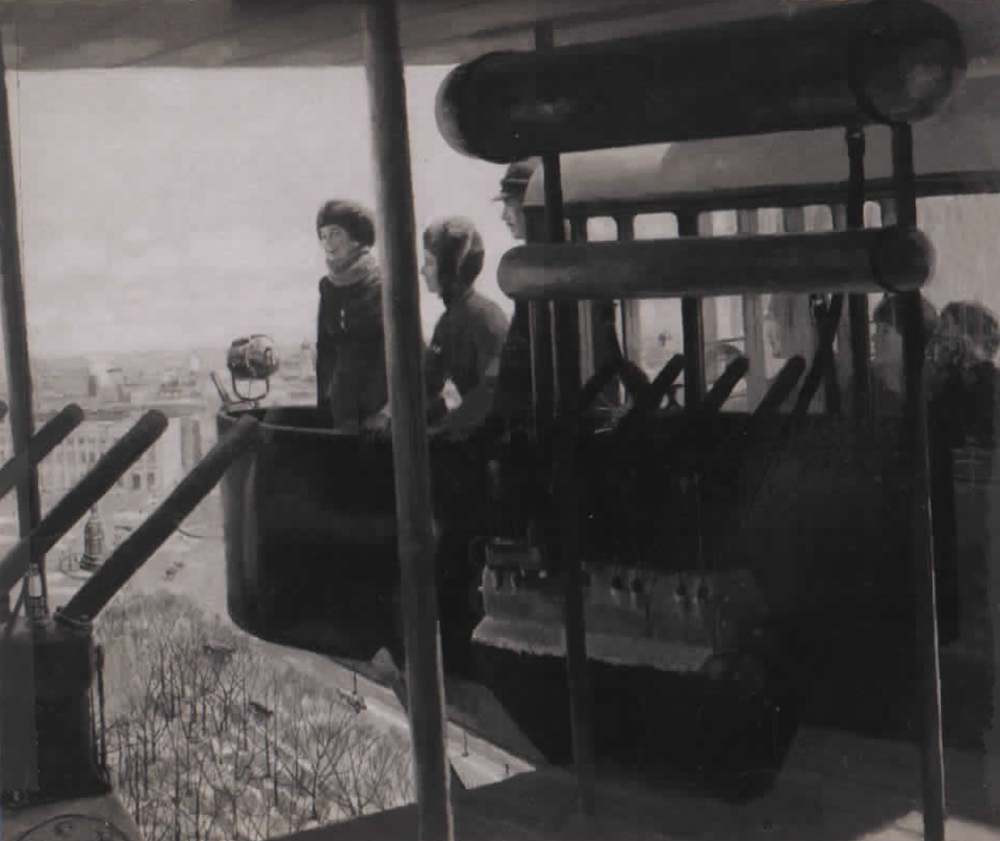
Over the next few months, Igor continued to fly The Grand and make design improvements to optimize handling and performance. In July 1913, The Grand flew its first cross-country flight for a distance of 25 miles to an Army airfield in Krasnoye Selo, where it was inspected by Czar Nicholas II. Then on August 2, 1913, The Grand made its most spectacular flight, carrying eight people on a flight lasting one hour.
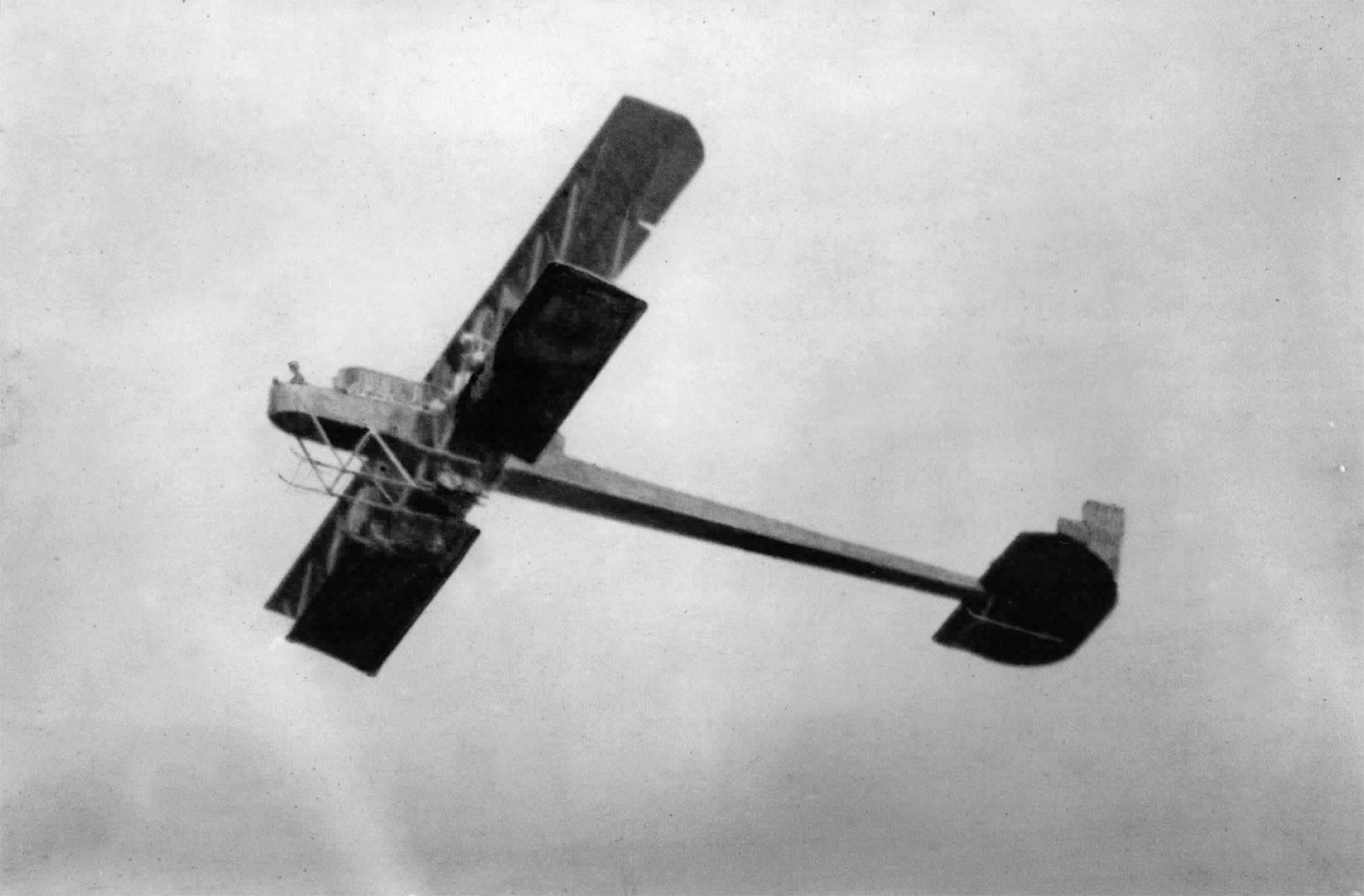
Tragically, the life of the world’s first multi-engine aircraft came to an end due to a bizarre mishap four months and 58 total flight hours after its first flight. While it was parked at Kommandantsky Airfield, its left wing was struck and destroyed by an engine that fell from an airplane passing overhead. By that time, Igor was certain he had achieved all that he could with The Grand and had already moved on to designing a larger, higher performance multi-engine airplane, so he ordered the aircraft to be disassembled. This new aircraft, which would incorporate all of his lessons learned from designing and flying The Grand, would be known as the Ilya Muromets.
The Ilya Muromets
Igor named the Ilya Muromets after the legendary Russian folk hero, known for his strength and bravery. Igor started developing the Ilya Muromets during August 1913, designing it with a longer wingspan of 102 feet and a higher estimated gross weight of 10,000 pounds. The aircraft would have the same four 100hp Argus engines as The Grand; however, with a much more efficient design, Igor expected it to have higher performance. He redesigned the wing shape and increased the gap between the lower and upper wings. The fuselage, while much larger was designed to be more aerodynamic. More space was added to the cockpit with additional room behind the pilot for crew members to observe the controls. Behind the cockpit was a passenger cabin with four large windows on each side. At its rear were doors to a washroom and to an upper bridge. Even further behind the passenger cabin was a private cabin with a bed, table and a cabinet. Similar to The Grand, the Ilya Muromets had electric overhead lighting. It also had heating supplied through steel tubes from the hot engine exhaust.
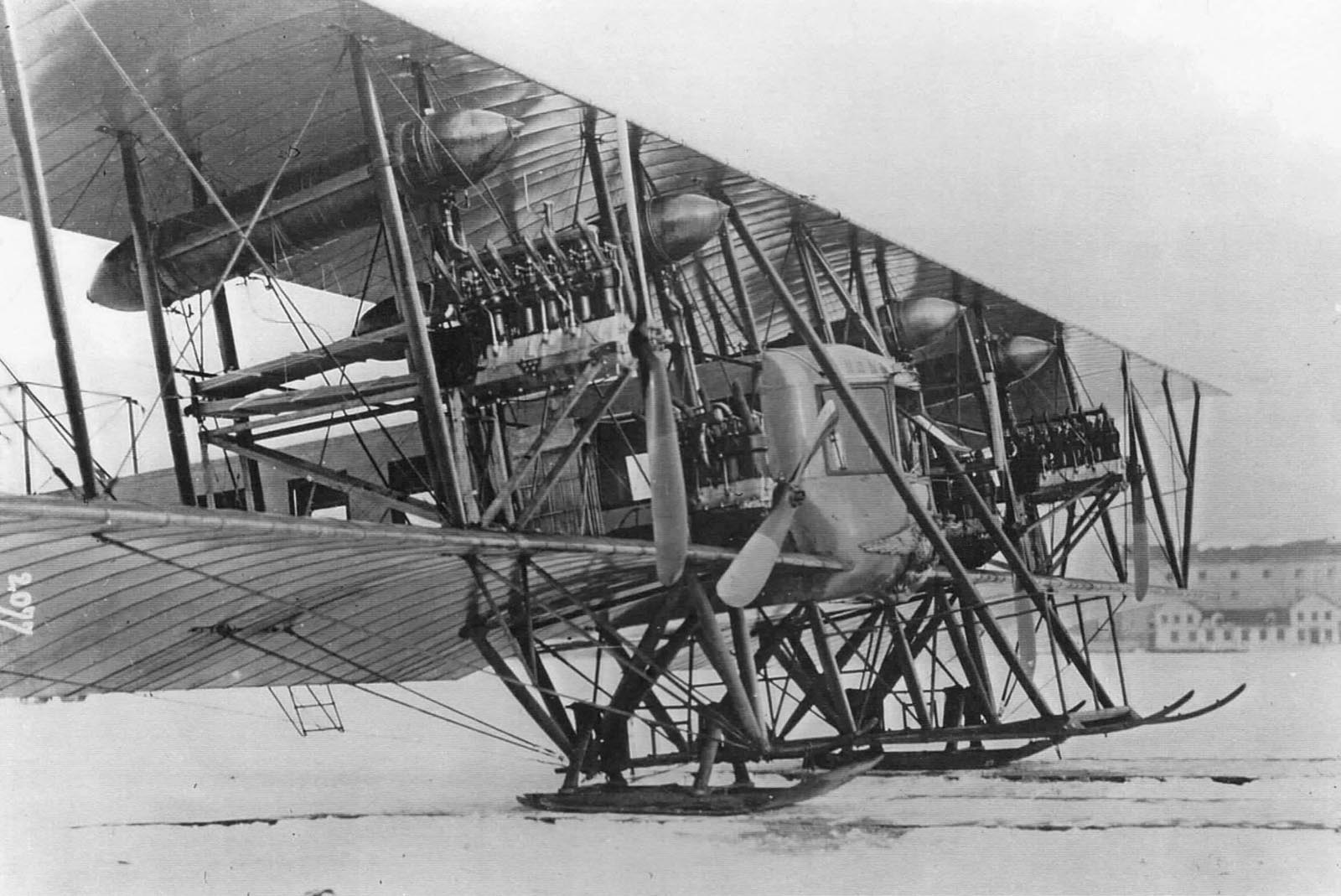
Design and construction of the Ilya Muromets was completed in October 1913 and flight tests at Kommandantsky Airfield continued for the two months that followed. By early 1914, Igor Sikorsky had enough confidence in the airplane’s handling and performance to start demonstration flights with passengers. Most notably, the Ilya Muromets flew a demonstration flight in February 1914 that included 16 people on board and a dog that was the mascot of the Russian Baltic Railroad Car Company factory.
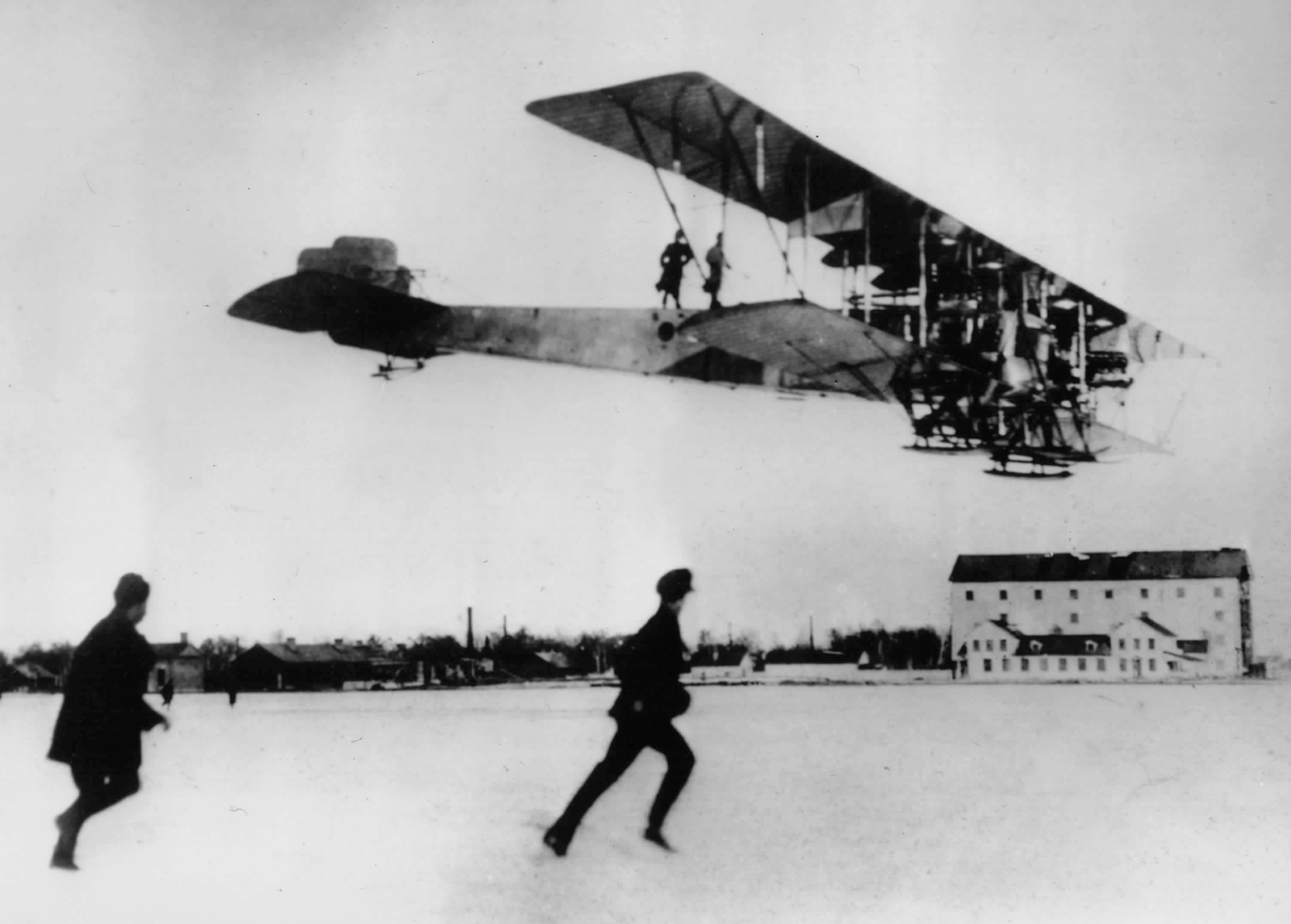
A second Ilya Muromets airplane was completed in April 1914 and by that time, Igor Sikorsky and his large, multi-engine airplanes were receiving extensive press coverage in Russia as well as Europe. In addition, a large number of visitors were stopping by the airfield to see and fly the aircraft, including members of the Russian Government and the Duma. In the Summer of 1914, Flight magazine in England described the Ilya Muromets as an “aerial bus” and “the first successful attempt at a large, multi-passenger machine.”
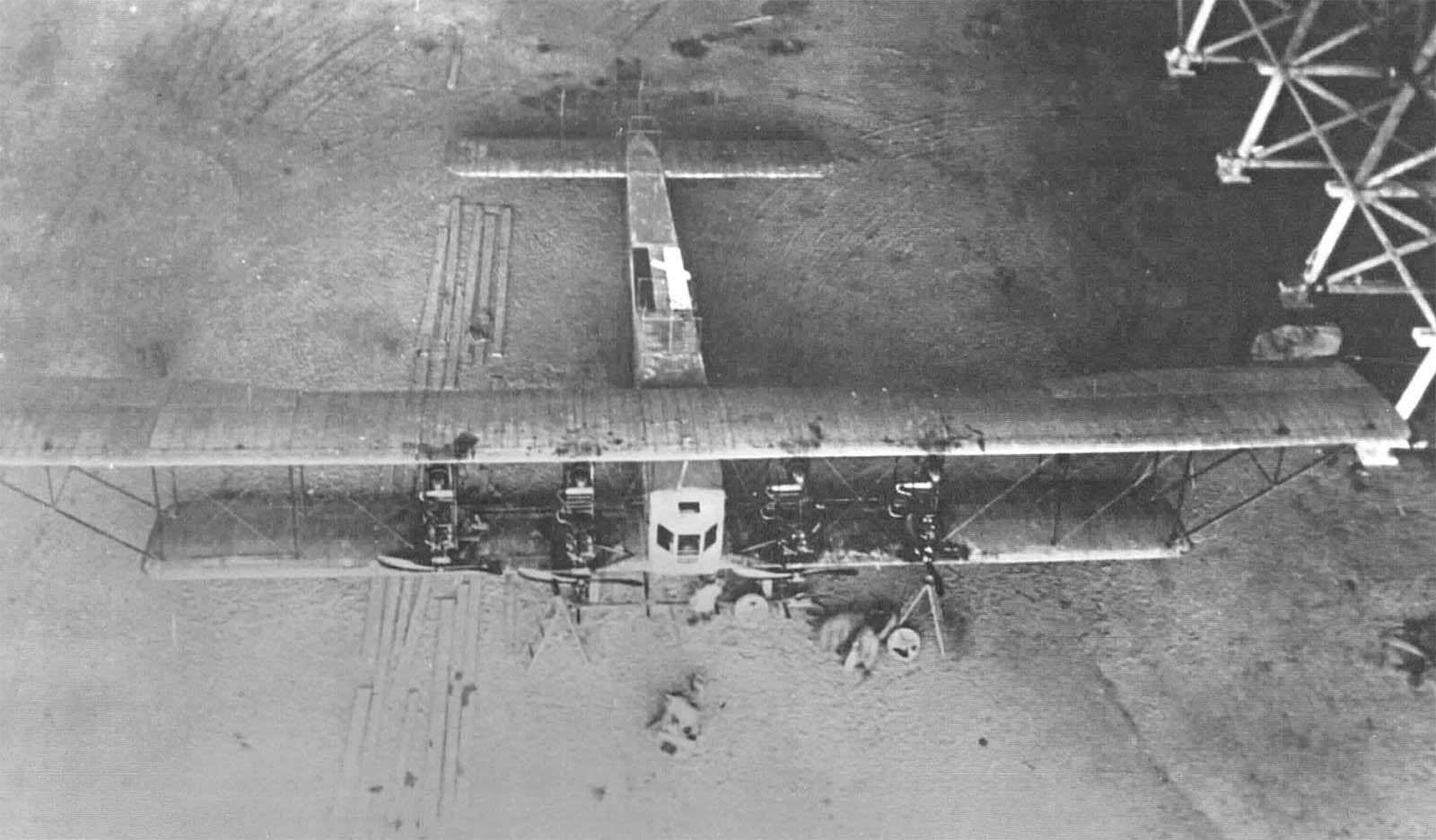
The second Ilya Muromets had the same design as the first, only with more powerful 140hp inboard engines and 125hp outboard engines. Flight tests continued to expand the range and altitude of the airplane, with one flight climbing to 6900 feet with 12 people onboard. Another flight flew for 6 hours and 33 minutes with seven people, breaking a world record.

Despite all of the successes and aviation records broken by the Ilya Muromets thus far, the multi-engine airplane still had many skeptics that criticized its practicality compared to smaller, single-engine aircraft. Many could not understand why anyone would need such a large airplane. More importantly, Igor still could not find customers for the Ilya Muromets, which would allow him to start production. Igor Sikorsky’s bold plan to resolve both of these issues was to perform a cross-country flight with the airplane to prove its usefulness in transporting passengers quickly and safely over long distances. He devised a flight in which he and his crew would fly roundtrip from Saint Petersburg to his home city of Kiev, landing at Kourenev Airfield where he developed and flight-tested his first airplanes.
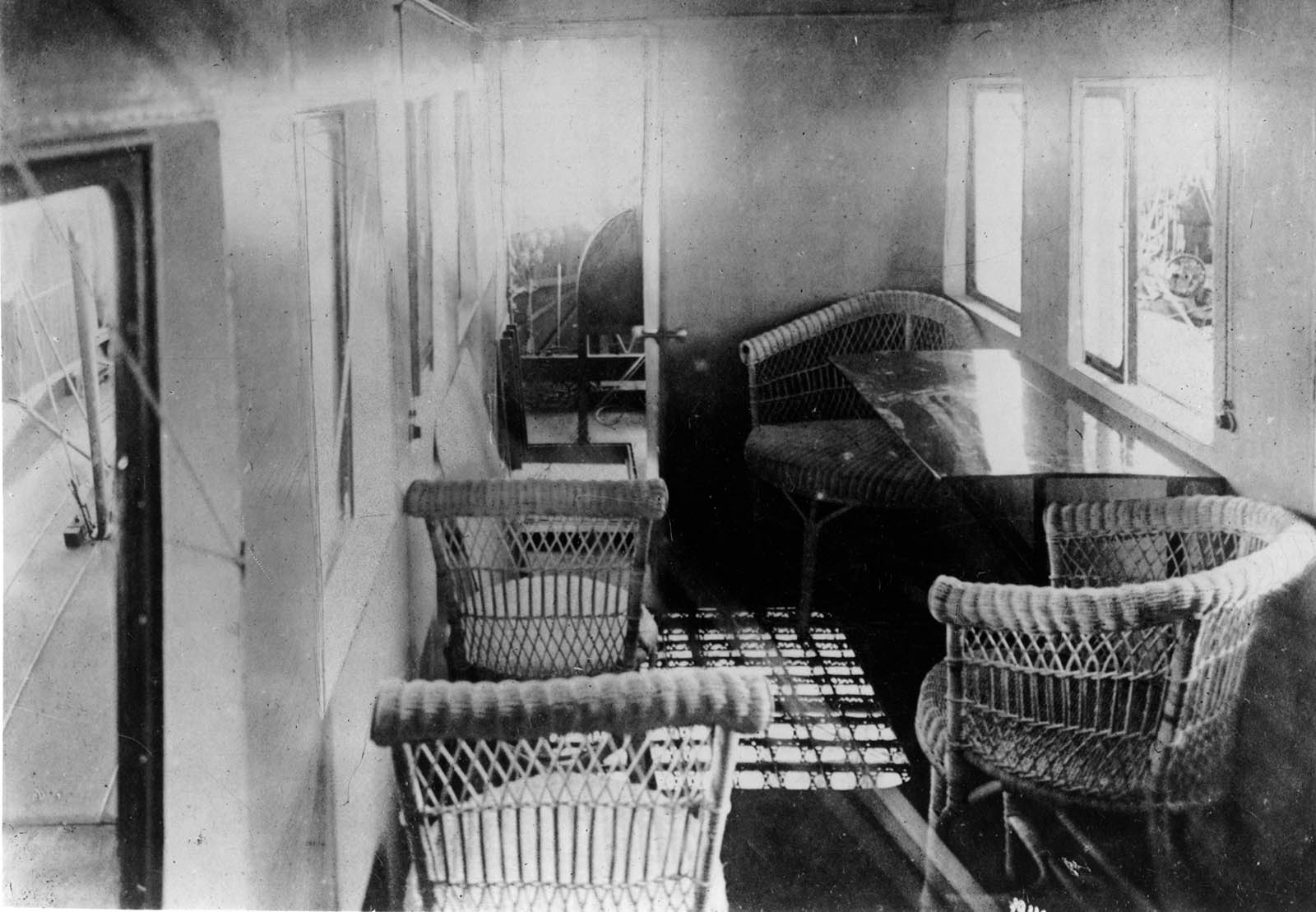
The Flight of the Ilya Muromets to Kiev
Shortly after midnight on June 30, 1914, Igor and his crew arrived at Kommandantsky Airfield to begin the cross-country journey. There was Lieutenant Lavrov, who had the role of co-pilot and navigator; Captain Prussis, the second pilot, and Vladimir Panasiuk, the mechanic. The airplane had been prepared the day before with food, tools, and spare parts including a spare propeller. Aside from the fuel in the main tanks, additional fuel containers were onboard in the cabin, along with pumps and hoses to pump the fuel into the main tanks.
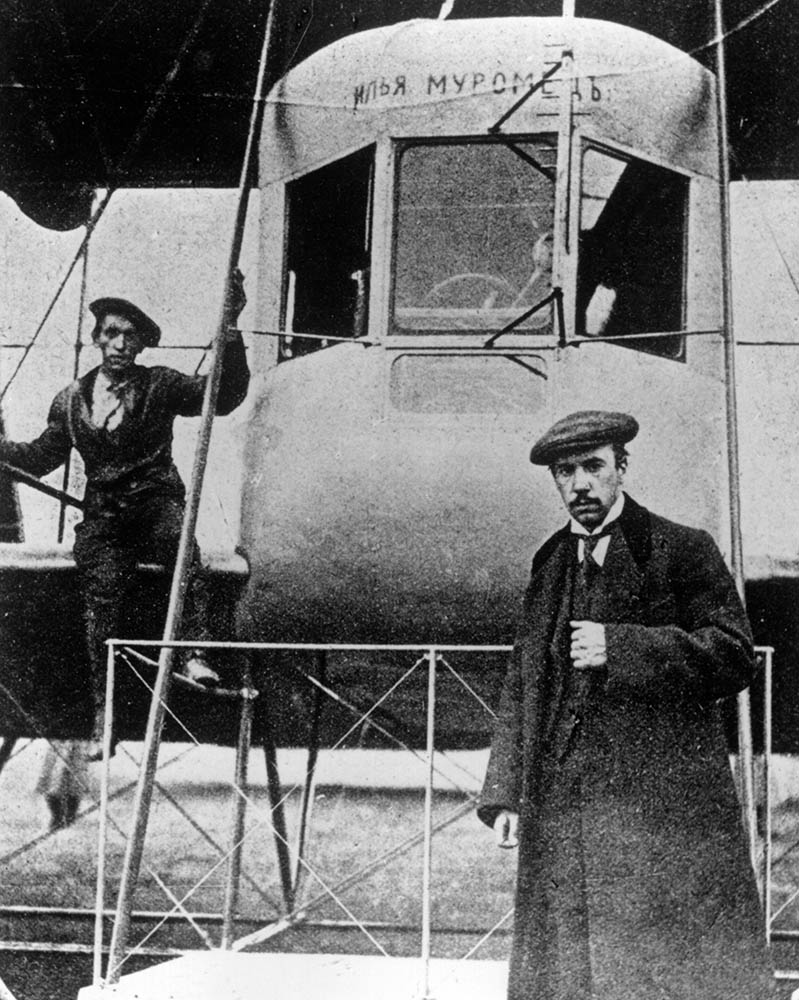
Around 1 AM, the horizon became visible and Igor and his crew started the engines. Using a flashlight to view the instrument panel and around 20 people on the ground to push the heavily-loaded plane, Igor taxied to the runway and then started the take-off. The airplane rose slowly and smoothly to 500 feet, and it continued to gain altitude to 5000 feet as fuel was consumed. Each of the crew members spent time flying the aircraft while the others could look down and admire the clear, beautiful views of the countryside below.
Around 7 AM with Captain Prussis piloting the airplane, the rest of the crew met around the table in the passenger cabin to eat a breakfast of fruit, sandwiches, and hot coffee. Igor stated in his autobiography that the crew believed that this was the first time that meals were served onboard an airplane while in the air.
Shortly after 8 AM, they passed directly over the town of Vitebsk. Igor had packed two telegrams, one to his home and another to the factory, in 8-inch aluminum tubes along with money and a note that requested the telegram be sent as soon as possible, and dropped them when over the town. Each of the telegrams was delivered to its destination.
After 9 AM, the Ilya Muromets had reached the town of Orsha, where the crew had planned to land in a field and refuel the engines. The air became increasingly turbulent as the airplane descended under 2000 feet, but they managed to land in the field and taxi to the barrels of gasoline and pumps that were waiting for them. Soon, they were surrounded by an excited crowd who presented gifts and asked many questions. Igor Sikorsky and Lieutenant Lavrov were able to break free from the crowd to inspect the field for take-off while fuel was being pumped into the main tanks.
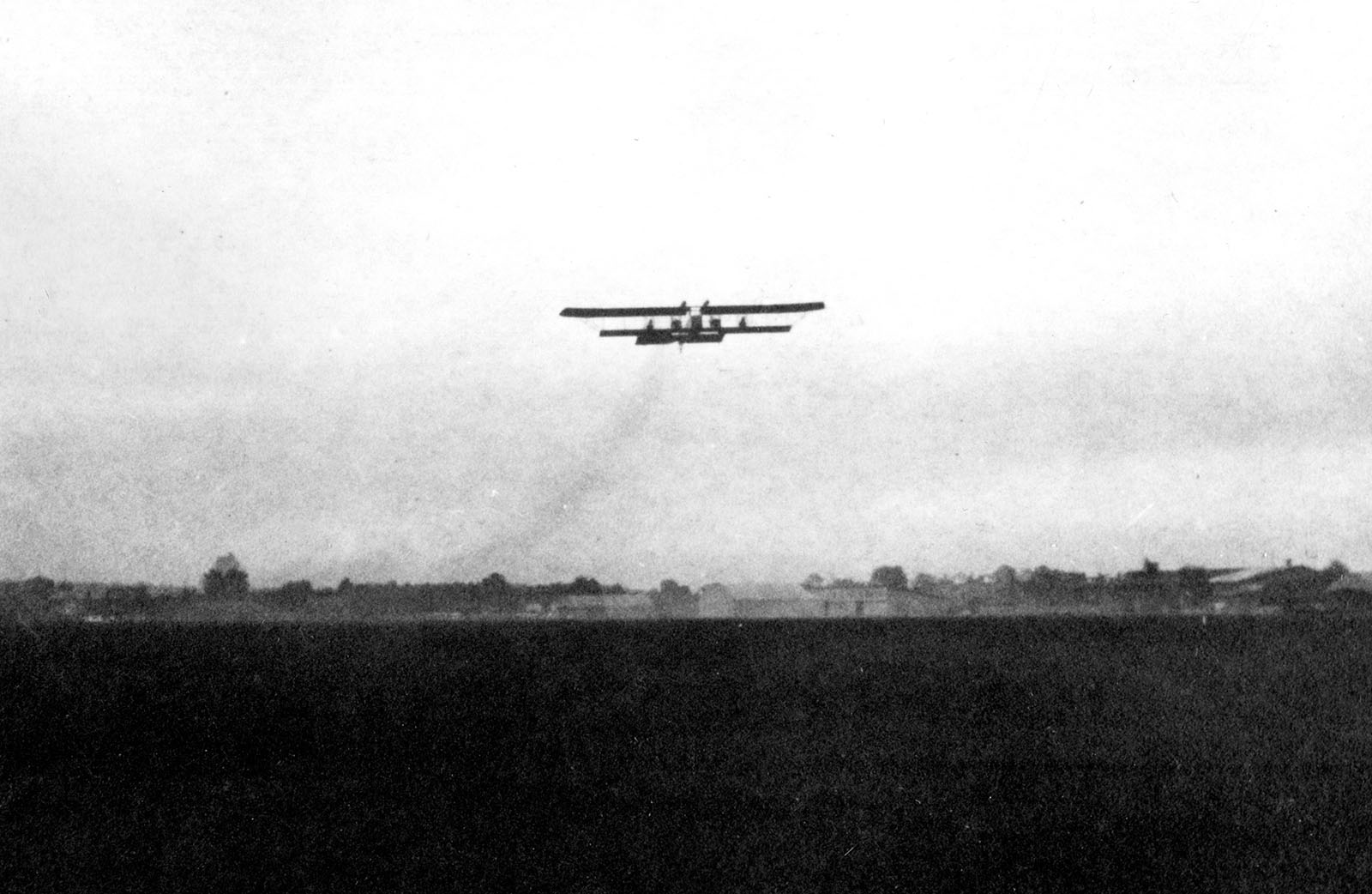
Unfortunately, an issue soon became clear that would delay their journey: the gasoline pumps that were provided by the town were underpowered and slow at filling the 400 gallons of fuel into the tanks. Daylight was passing and Igor and his crew were growing anxious because they did not have the equipment or experience for night flying and Kiev was still six hours away. Finally around 2 PM, fueling was complete and Igor and his crew quickly prepared for take-off. Given it was such a hot day, the engines started and warmed-up quickly and the Ilya Muromets was once again in the sky. Again, the air was turbulent and as the airplane climbed to 250 feet, a wind gust hit the heavily-loaded plane and caused it to drop down to 100 feet. Igor ordered the crew to throw overboard three cans of spare water and a can of oil, which helped the airplane stay in the air and begin to climb.
Rough pockets of air continued to have their effect on the airplane’s ascent however, and whenever it would climb to 500 feet, turbulence would push it back down to 200 feet or less. While Igor continued at the controls to work on gaining altitude, his mechanic rushed into the pilot’s cabin with some awful news: The fuel line for the inboard engine on the right side of the airplane was broken and fuel was streaming out. As the engine sputtered to a stop, it let out a backfire that ignited the stream of gasoline, producing a 12-foot long flame that was touching the wing and a wooden strut.
Lieutenant Lavrov and Vladimir Panasiuk managed to climb quickly out on the wing, extinguish the flame with their coats and shut off the fuel line, but with one engine dead the overloaded Ilya Muromets was starting to lose altitude. Igor circled the airplane back to a large open field that he saw moments earlier and was able to make a safe landing. By that time, there was not enough daylight to reach Kiev, so the crew decided to stay overnight in the field. With the help of several locals who had come to the field to see the airplane, Igor and his crew moved the airplane to an end of the field and in position for takeoff the next day. The repairs to the airplane fuel line were completed and fortunately there was no damage to the wing or the wing strut other than some burned paint and fabric.
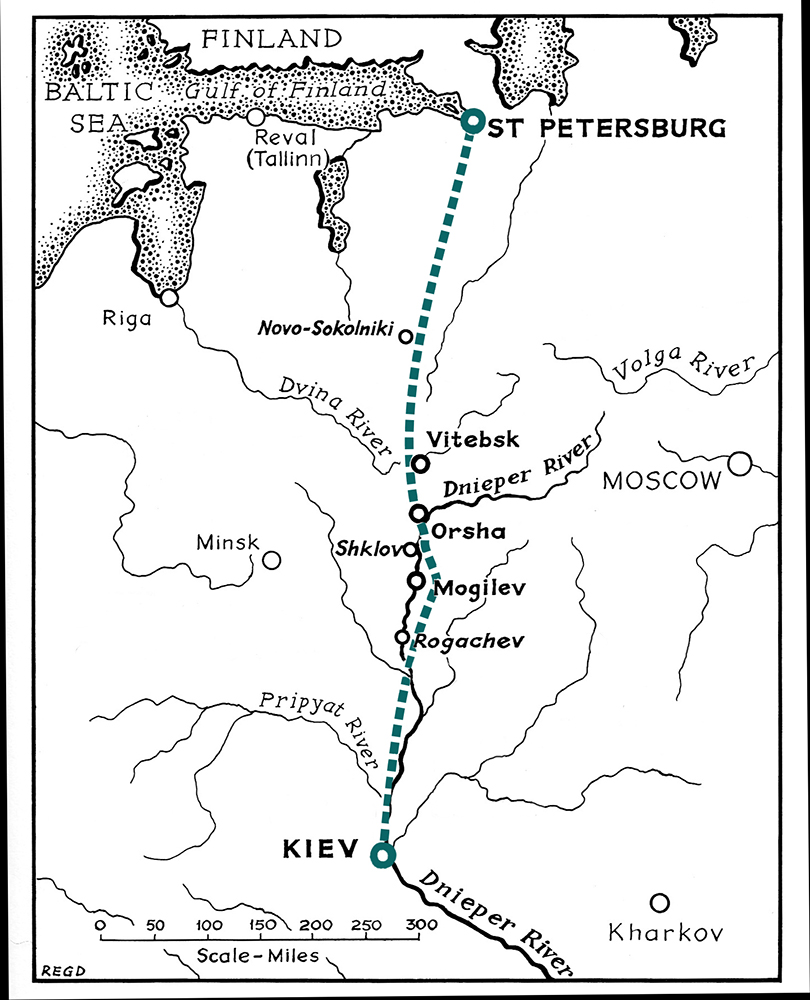
The next morning at 4 AM, the crew warmed up the engines and took off south, seeing the town of Scklov as they reached 1500 feet. Soon, they were flying in the clouds and completely blind as the weather changed for the worse and started to rain. Igor said in his autobiography that with the instruments they had at that time, he in hindsight would not fly blind and even in bad weather. However, he continued, “At that time, we were pioneers, we used what we could and were grateful for any little aid that we could get.”
By 6:30 AM, the crew was still flying blind, the rain had changed to a downpour and the rough air made it difficult to climb above the clouds. Igor Sikorsky and Lieutenant Lavrov made the decision to descend in altitude in hopes of finding a break in the clouds where they could look for landmarks on the ground. They could finally see ground at around 800 feet in altitude and determined that they were 20 minutes off course to the east. Changing their course to the southwest, they eventually found the Dnieper River before them and were thrilled to be back on course. To escape the rain, they again climbed through the clouds until they reached 5000 feet where they encountered the sun and clear blue sky. The crew relaxed and enjoyed the smooth flight in the calm air. Igor put on his overcoat and went outside on the upper bridge to take it all in, enjoying the cloud formations that surrounded him. In his autobiography, he wrote, “For a long time I stayed alone on the platform admiring the wonderful fairy panorama – the strange beauty of which I will never forget.”
After two hours of flying, Lieutenant Lavrov calculated that they were 5 miles from Kiev, so they started their descent through the clouds. As they emerged from the cloud layer, the crew’s first sights were the gold domes of Kiev’s Lavra Cathedral as well as the Nicholas Chain Bridge that crossed the Dnieper River. Within a few minutes, they made their approach and landed at Kourenev Airfield.
Igor Sikorsky and his crew spent several days in Kiev, where crowds of people came to the airfield to see the Ilya Muromets. They also performed many demonstration flights for city officials and friends. Igor was thrilled to be back in his hometown to show the results of all his work to his family, friends, and acquaintances. What made him the happiest however was he was able to perform a flight for his father, who was frail and rarely left his home. Igor piloted the Ilya Muromets and demonstrated its flying capabilities to his father, who later remarked about how impressed he was with the airplane’s smooth and steady flight.
On July 11, 1913, Igor Sikorsky and his crew took off again to return to Saint Petersburg, completing the trip in 13 hours and 30 minutes with one fuel stop included. In total, the roundtrip flight covered 1600 miles, and as Igor explained in his autobiography, even the mishaps during the flights helped to substantiate the value of a large, multi-motored airplane. The Imperial Russian Army made an order for 10 Ilya Muromets aircraft, and Igor and the employees at the factory celebrated their two years of hard work having paid off. Soon after however, World War I began with Austria-Hungary declaring war on Serbia, and the mood at the factory changed as the production line ran 24 hours to churn out these airplanes as well as those for the Imperial Russian Army orders that followed.
The Legacy of the Ilya Muromets
While Igor had designed the Ilya Muromets primarily as an airplane to transport passengers over long distances safely and in comfort, the Army found that its ability to fly with heavy payloads at high altitudes made it perfect for bombing and reconnaissance missions. The Army would fly the Ilya Muromets at close to 10,000 feet altitude, which was much higher than anti-aircraft fire could reach, so it was able to fly deep behind enemy lines to bomb strategic targets and photograph enemy positions. In addition, the Ilya Muromets airplanes were able to bring their crews home safely every time. In fact, as K.N. Finne described in his book Igor Sikorsky, The Russian Years, one airplane was involved in an air battle with a German fighter and was hit by sixty rounds of fire, piercing the oil tanks, radiators, gas tanks as well as shattering glass panes in the cockpit. Two engines on one side were knocked out, yet the pilot was able to direct the airplane back to an Allied Forces airstrip and land safety.

The main problem with the Ilya Muromets was that it was dependent on the availability of the German-made Argus engine, which was superior to all other airplane engines that were available at that time. Given that the Allied Forces were at war against Germany, the Russian Imperial Army could only procure British-made Sunbeam engines or the French-made Salmson engines, and neither had the performance and reliability to fly at high altitudes. The Army’s only solution was to use, fix and reuse the Argus engines that they had in their possession. K.N. Finne’s book noted for example that one set of Argus engines was installed in four different Ilya Muromets airplanes over two and a half years.
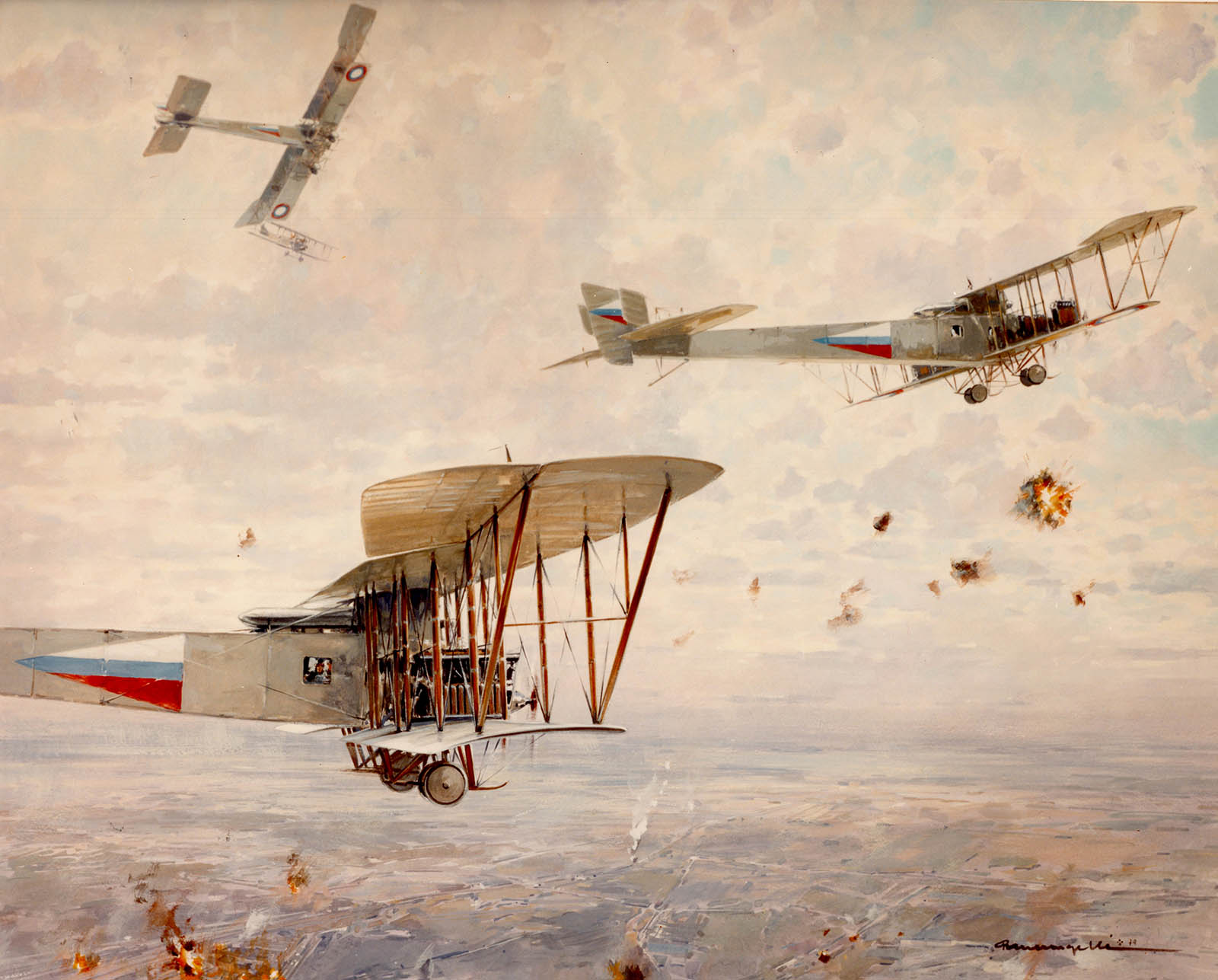
Production of the Ilya Muromets ground to a halt in early 1917 when the factory closed at the start of the Russian Revolution. In total, 85 Ilya Muromets airplanes were produced from the Russian Baltic Railroad Car Company factory, although a small number of them remained incomplete and undelivered at the factory due to the shortage of engines. Between May and December 1919 during the Russian Civil War, the Red Army gathered together the Ilya Muromets aircraft that remained at the factory and ensured they were completed with engines. They were then used on bombing missions in combat against the Polish and the White Army throughout the remainder of the war.
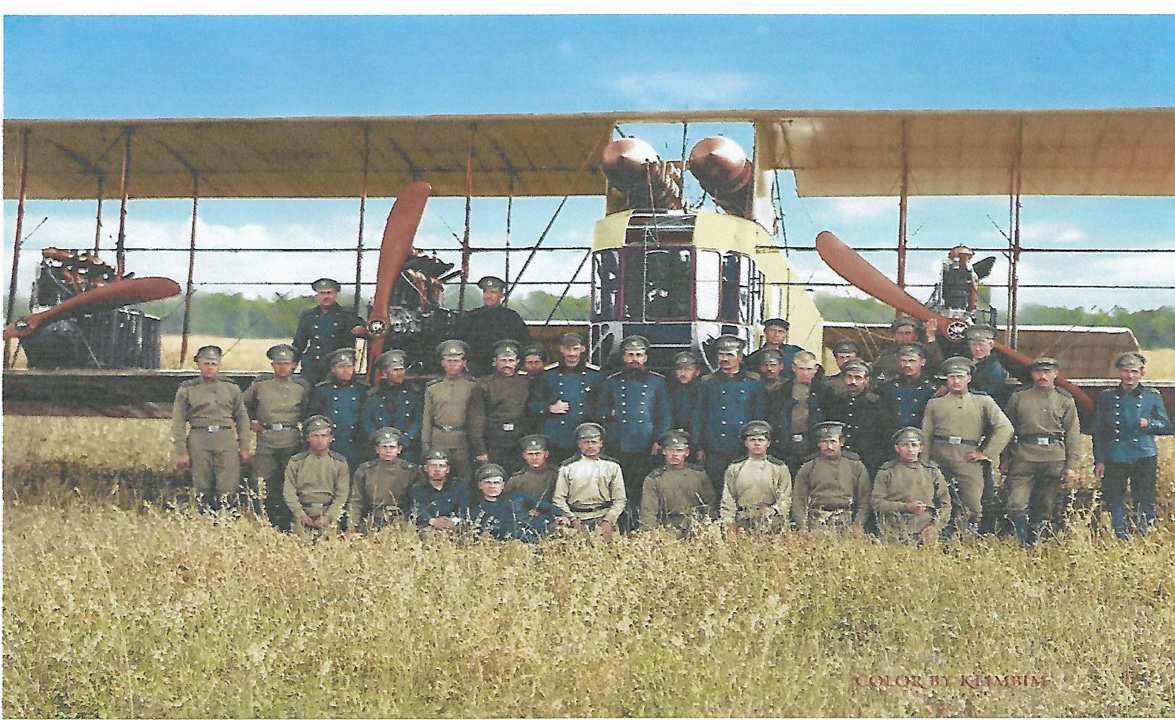
The Ilya Muromets was the result of Igor Sikorsky’s persistence in developing a large, multi-engine airplane that could safety transport passengers over long distances. It was an idea that was ahead of its time, given that the commercial air travel industry did not emerge until over a decade after Igor completed his roundtrip flight from Saint Petersburg to Kiev. The progress of its development was also interrupted by World War I and the political chaos that followed.
Igor’s persistence continued after he emigrated to the United States in 1919 and started a new chapter in his life and career. As it is already well known, he would find success developing new types of multi-engine passenger aircraft for the commercial air travel industry, which would be the first in the world to transport passengers over long distances to South America and across the Pacific Ocean to Asia.
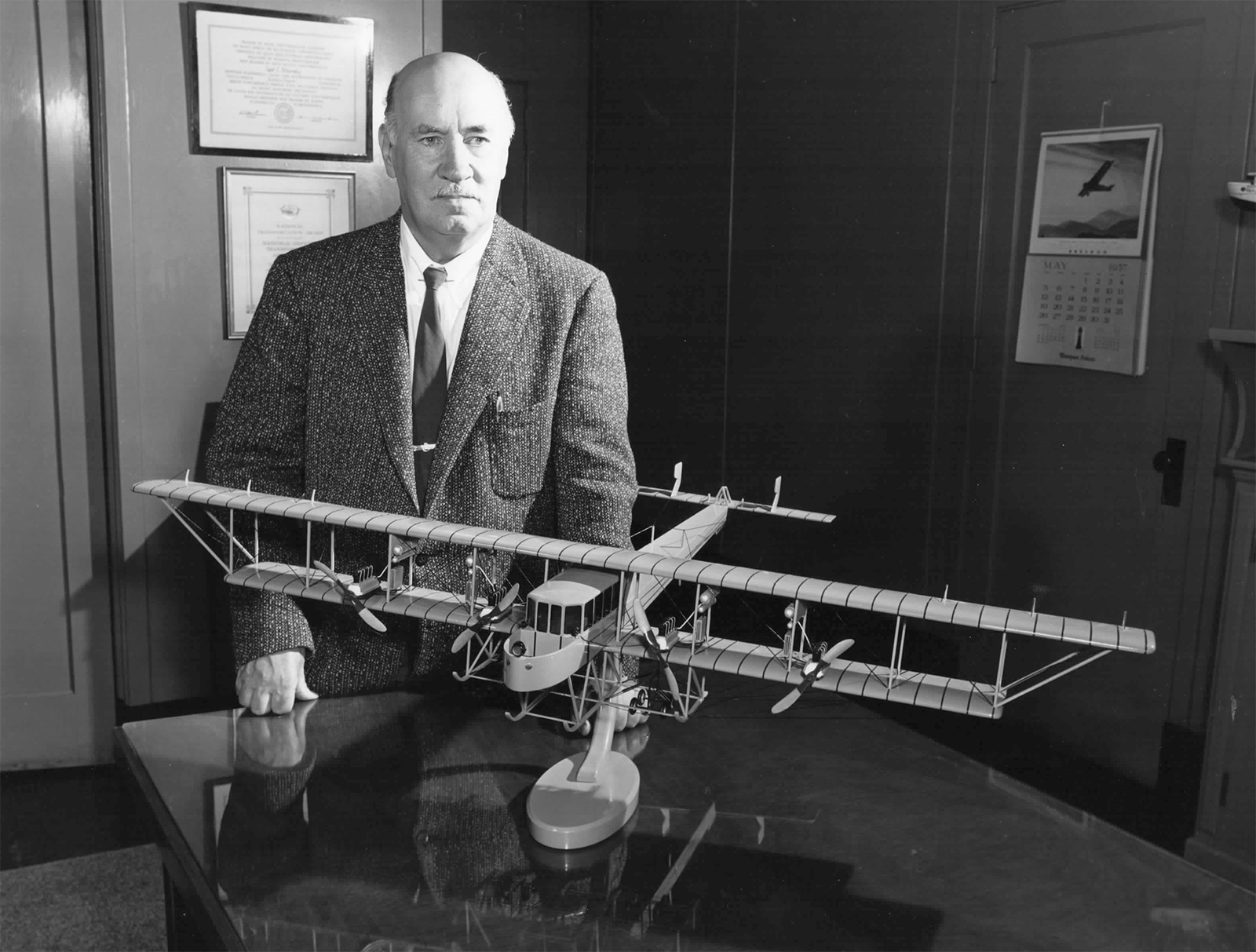
Related Articles

Igor Sikorsky’s Bold Pursuit to Build the First Multi-Engine Airplane
In the early 1900s, The Grand and the Ilya Muromets were the result of Igor Sikorsky’s persistence in developing large, multi-engine aircraft that could safety transport passengers over long distances.
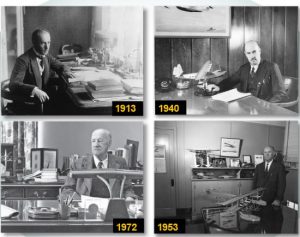
Igor I. Sikorsky’s Office
Igor Sikorsky’s office has been preserved as when he occupied it from 1956 to 1972. This issue highlights the artifacts in his office collected during his career.
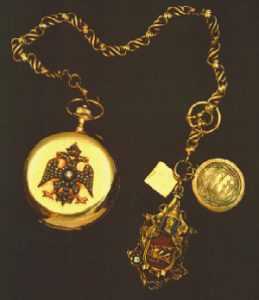
The Grand Watch
The Grand Watch was presented to Igor I Sikorsky by the Emperor of Russia in 1913 for his success in creating the world’s first four-engined aircraft.
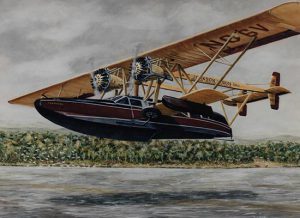
Sikorsky Aircraft Color Schemes
This issue of the newsletter illustrates some of the artistic variations in the exterior color schemes of aircraft delivered during Igor Sikorsky’s three careers.
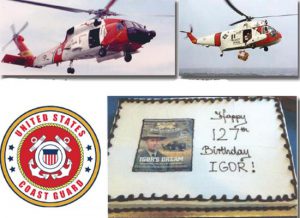
U.S. Coast Guard and Sikorsky Celebrate Significant Events
The United States Coast Guard and Sikorsky Aircraft celebrated two significant events in 2016. One century of United States Coast Guard aviation and the 127th birthday of Igor Sikorsky.
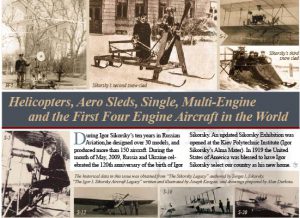
Igor Sikorsky’s Russian Years in Aviation
Igor Sikorsky’s Russian years in aviation included early helicopters, aerosleds and airplanes, including the world’s first multi-engine airplane.
